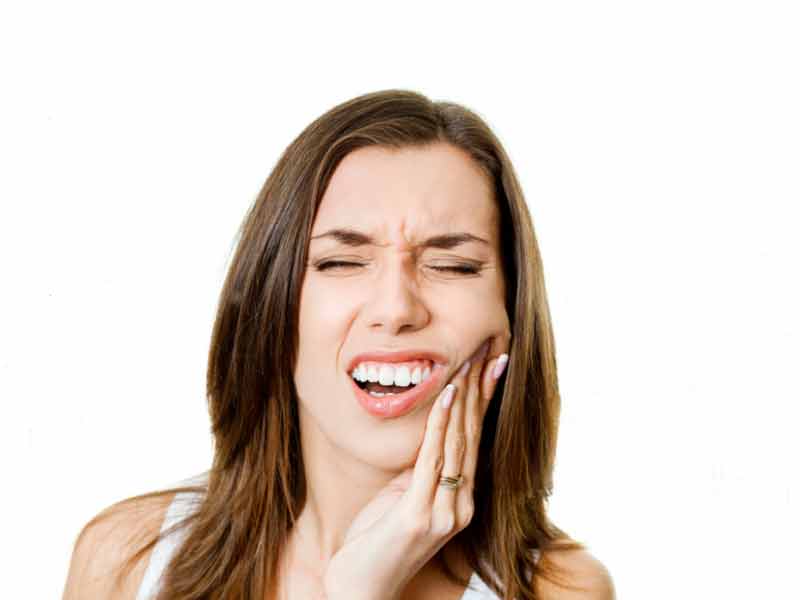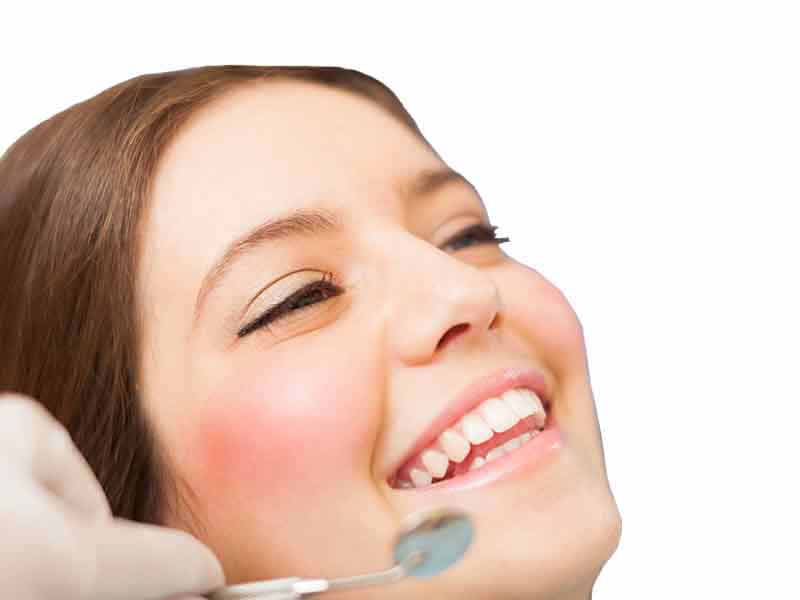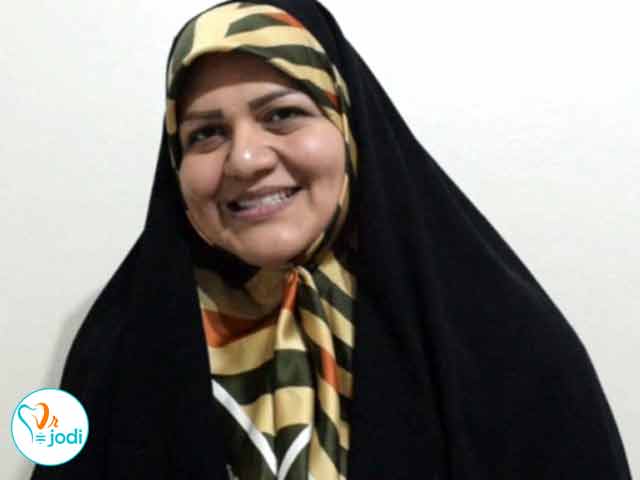Discoloured Teeth

Discoloured Teeth

What factors can change the color of the teeth?
2 The color change group occurs in the teeth. Changing external colors and changing the colors of the interior. Changing the colors of the outer surfaces of the teeth is very common. These pigments are in two categories of young and old patients. Pigments are visible in different colors and are found mostly in the stern areas of the teeth. These pigments may be related to the following.
1 - poor oral health 2 - existing repairs 3 - bleeding gums 4 - accumulation of plaque 5 - nutritional habits 6 - the presence of bacteria or dye mushrooms
In older patients, pigmentation on the surfaces of the teeth is more likely to be brownish, black or gray and is found on the adjacent areas of the gum tissues.
Causes of creating these pigments
1 - Too much coffee and tea 2 - Weak oral health 3 - Smoke or tobacco 4 - Some foods or medications
What are the ways to overcome this full color?
Often surface pigments can be removed by prophylaxis, but some changes in surface colors, dental restorations and deodorized areas on the teeth with such a cleanse can not be corrected. In these cases, laminate treatments should be whitened. Teeth (Bleaching). Recycling and coarse sabbons are prophylaxis.
Recycling: This method involves physical removal on the surface of the tooth and removing imperfections and surface pigments with it. In this method, gel paste and water-soluble paste are used, such as Prema in this case if the color depth is up to 2 /. Mm. The pigment is removed from the tooth. Prema dough is placed on the teeth, and with special prophylaxis tires with blade edges, we grind the material on the surface of the tooth at a low speed. Moderate uniform pressure is applied to the tooth to remove all pigments well. At the end of the treatment, fluoride and tire rubbers are used for dental brilliance.
Coarse Sobie: In contrast to the finely-sanded method, this method involves the use of 12 polished composite polishing bits or fine-grained diamond bursts at a relatively higher speed for surface imperfections. It is also suggested to use air spray to keep the teeth cool for toothpaste, in order to easily determine the degree of decay removal. In this method, dental pigments are much easier to remove, and in some cases, a combination of the method of refining is used. The coarse sand method is used for the removal of imperfections, such as local white spots (which can not be re-mineralized).

People who viewed this page also visited:
What are the dental implant treatment stages?
Implant Professional Center in Tehran
The best implant expert in Tehran
The best implant center in Tehran
What is immediate loading of dental implants?
Implant problems and implications
Force direction and its relationship with the implant body design
Unsuitable cases for dental implant
The geometry of the implant and its relationship with occlusal forces
The relationship of the implant body and functional surface














